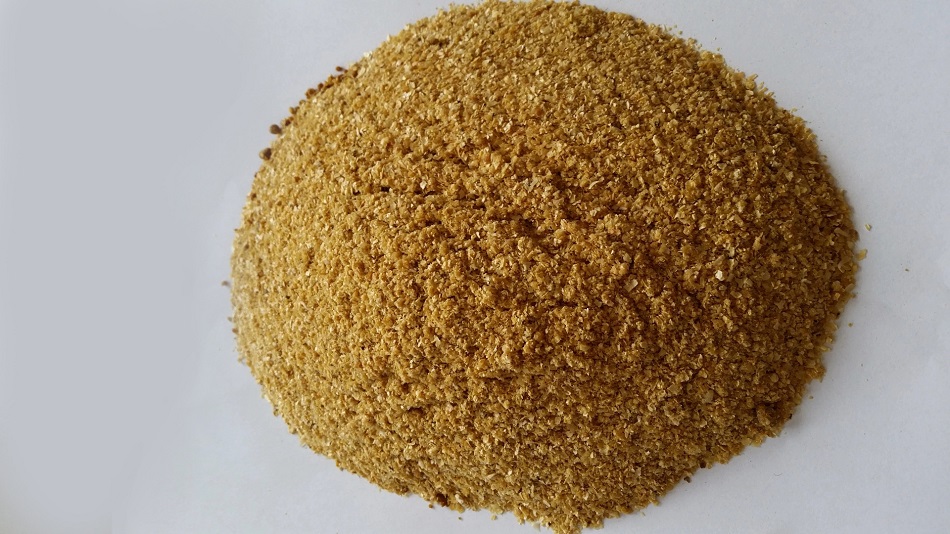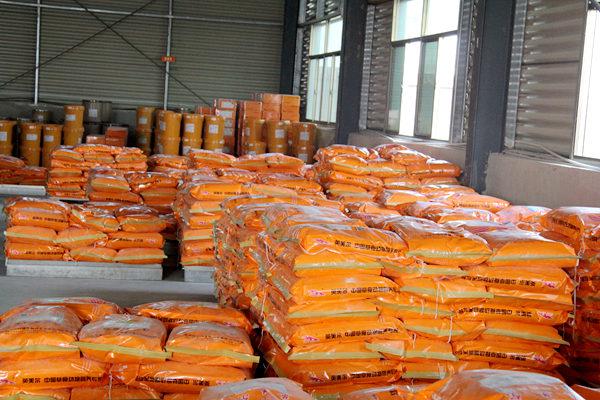Moldy feed will produce a large amount of mycotoxins, which not only affects feed intake, but also affects digestion and absorption, resulting in severe poisoning symptoms such as diarrhea. The frightening thing is that sometimes mycotoxins are produced and attacked the body of cattle and sheep before the naked eye can see the moldy mycotoxins. Here are some ways to prevent mildew in feed.
Dry to anti-mold
The basic measure for drying and preventing mildew is to keep the feed dry. The germination of most molds requires a relative humidity of about 75%. When the relative humidity reaches 80%-100%, the mold will grow rapidly. Therefore, the preservation of feed in summer must be moisture-prevention, keep the feed warehouse in a dry environment, and control the relative humidity not to be higher than 70% to meet the requirements for mold prevention. It can also turn over the feed ingredients in time to control the water content of the feed ingredients.
Low temperature to anti-mold
Control the storage temperature of the feed within the range where mold is not suitable for growth, and it can also achieve the effect of anti-mold. The natural low temperature method can be used, that is, reasonable ventilation at an appropriate time, and the temperature can be cooled with cold air; the cryopreservation method can also be used, the feed is frozen and insulated and sealed, and stored at low temperature or frozen. Low-temperature anti-mold must be combined with dry and anti-mold measures to achieve the best results.
Modified atmosphere and anti-mold
The growth of mold requires oxygen. As long as the oxygen content in the air reaches more than 2%, the mold can grow well, especially when the warehouse is well-ventilated, the mold can grow more easily. Atmosphere control and anti-mold usually adopt hypoxia or filling with carbon dioxide, nitrogen and other gases to control the oxygen concentration below 2%, or increase the carbon dioxide concentration to above 40%.
Radiation anti-mold
Mold is sensitive to radiation. According to experiments, after the feed is treated with height-adjusted radiation and placed under the conditions of 30°C and a relative humidity of 80%, there is no mold reproduction. In order to eradicate the molds in the feed, radiation can be used to irradiate the feed, but this requires corresponding conditions, which cannot be done by ordinary manufacturers or users.
Pouched anti-mold
The use of packaging bags to store feed can effectively control moisture and oxygen, and play a role in preventing mildew. The new anti-mold packaging bag developed abroad can ensure that the newly packaged feed will not be mildewed for a long time. This packaging bag is made of polyolefin resin, which contains 0.01%-0.05% vanillin or ethyl vanillin, polyolefin The resin film can slowly evaporate vanillin or ethyl vanillin and penetrate into the feed, which not only prevents the feed from moldy, but also has an aromatic odor and increases the palatability of the feed.
Anti-mold medicament
Mold can be said to be ubiquitous. When plants are growing, grain is harvested, and feed is normally processed and stored, they may be contaminated by mold. Once the environmental conditions are right, mold can multiply. Therefore, no matter what kind of feed, as long as the water content exceeds 13% and the feed is stored for more than 2 weeks, it should be added with anti-mildew and anti-mildew products before storage. It is easy to decompose, biologically anti-mildew, and does not absorb the nutrients in the feed. It has a strong The protective function of probiotics, many kinds of toxins have a good detoxification effect.
Post time: Sep-29-2021



.png)
.png)
.png)
.png)